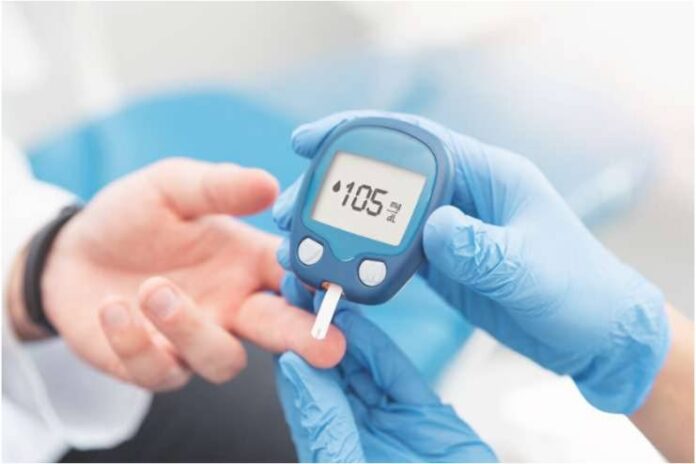Affiliate Disclaimer
Some links in this article are affiliate links. We may earn a small commission if you make a purchase through these links, at no extra cost to you. We only recommend products we find useful to our readersControlling blood sugar levels is essential. An elevated blood sugar level over an extended period of time can result in major health issues, including problems with the kidneys and the heart. Conversely, a dangerously low blood sugar level might cause unconsciousness. You can better control your blood sugar by regularly monitoring it and knowing the signs and causes of low (hypoglycemia) and high (hyperglycemia) blood sugar. Reducing sugar intake to control blood sugar levels and prevent severe extremes could be essential.
Understanding Blood Sugar Levels
The amount of glucose in the bloodstream is called blood sugar levels. Glucose is the main energy source for our body’s cells, mainly obtained from food. When fasting, blood sugar levels typically vary from 70 to 99 mg/dL (milligrams per deciliter). Levels may increase after eating but should generally remain below 140 mg/dL.
Keeping blood sugar levels within this range is critical since elevated or hyperglycemia can have serious health consequences. Serious consequences, such as harm to the blood vessels, nerves, and organs, can result from persistently elevated blood sugar. It raises the possibility of getting diseases like renal damage, heart disease, and type 2 diabetes. Understanding and controlling blood sugar levels is essential to maintaining general health and well-being and avoiding long-term health problems.
How to Reduce Sugar Level
Read More: Causes And Symptoms Of Diabetes Mellitus Type-2
Here are 13 ways to reduce blood sugar level
1Exercise Regularly

Regular exercise can help reduce weight and increase insulin sensitivity. Your cells’ ability to utilize the bloodstream’s available sugar is known as insulin sensitivity. Exercise also helps the muscles use your blood sugar for energy. If you have any issues with blood pressure, you should monitor it constantly. Exercise is one way. Suitable forms of exercise include weight lifting, brisk walking, running, dancing, hiking, and swimming.
2Control Your Carb Intake
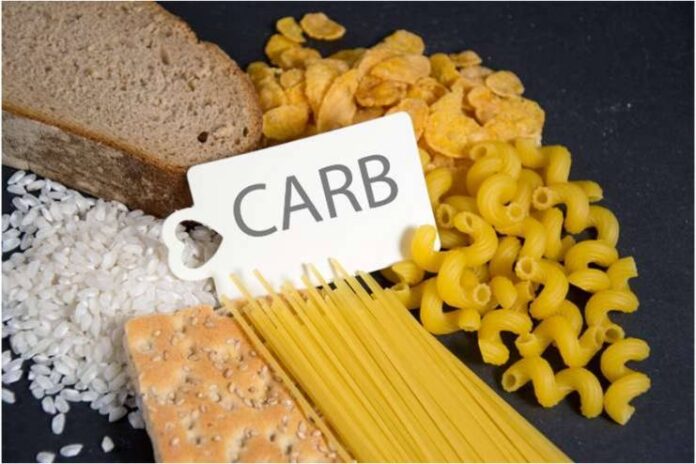
Your body breaks carbs into sugars. Then insulin moves the sugar into cells. When you overeat carbs, this process fails, and blood sugar levels go up. You can count the intake of carbs with the help of a food exchange system. This plan can help control blood sugar levels. A low-carb diet reduces blood sugar level and prevents rising levels.
3Increase Fiber Intake
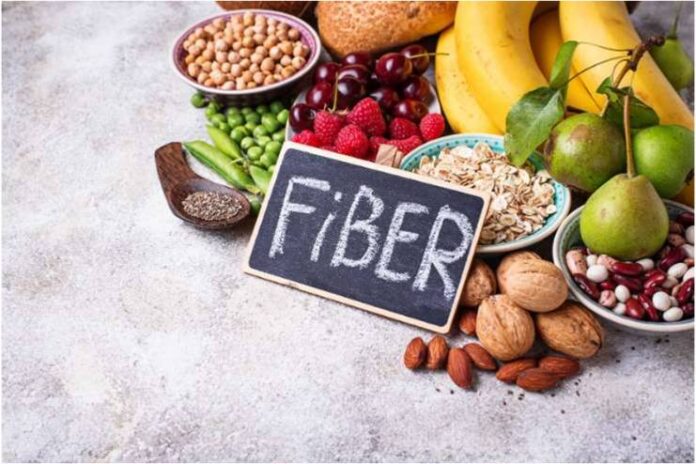
Fiber slows carb digestion and sugar absorption. It can help steady blood sugar levels. Soluble fiber is known to lower the blood sugar level. Foods like legumes, whole wheat, and beans are suitable for maintaining blood sugar levels.
4Keep Yourself Hydrated

When you drink water thoroughly, you can control your blood sugar levels. It can help the kidneys to send out excess blood sugar through urine. You can control your sugar levels if you drink enough water. It also lowers the chance of developing diabetes. Remember, sugary drinks have quite the opposite effects.
5Control Stress
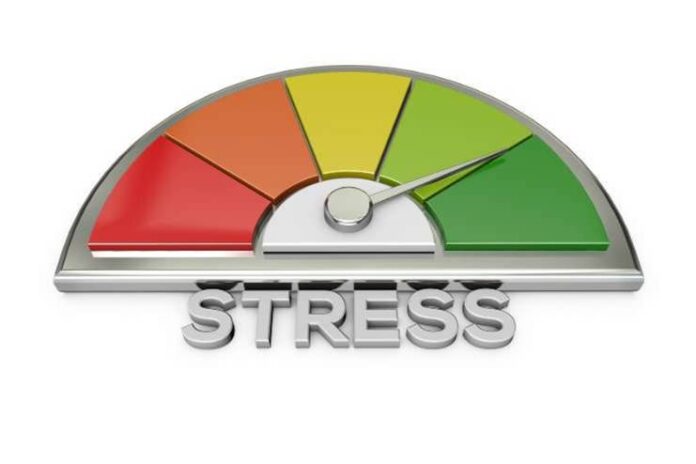
Stress hurts blood sugar levels. The stress hormone cortisol is secreted during stress, and this hormone can cause blood sugar levels to go up. Relaxing with your friends or family and meditating can keep stress under control. Yoga and exercise can help correct insulin secretion.
6Get Enough Sleep

Enough sleep is necessary for overall health. Poor sleeping habit can affect blood sugar level and insulin sensitivity. Sleep deprivation can increase cortisol levels and decrease the release of growth hormones. Both play essential roles in blood sugar levels. Good sleep maintains blood sugar and helps maintain a healthy weight.
7Consume Cinnamon

Cinnamon is effective in lowering blood pressure and reducing the risk of diabetes. Cinnamon and cinnamon powder reduce blood sugar faster. Cinnamon also reduces bad cholesterol and LDL. However, taking more significant amounts of cinnamon could have adverse effects.
8Garlic & Onion
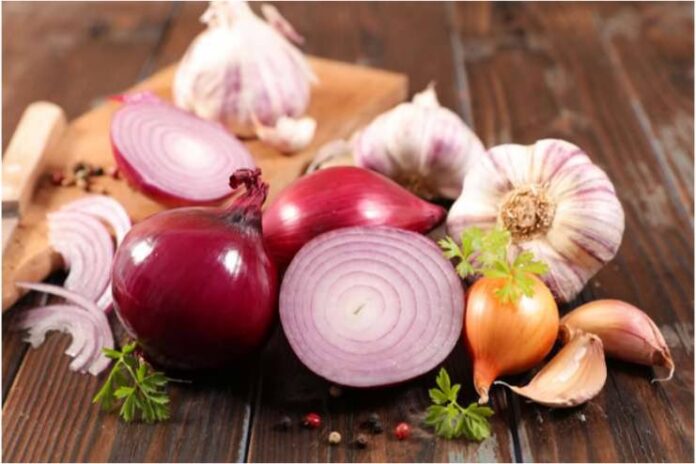
People have long recognized garlic’s ability to lower cholesterol and help manage blood sugar levels. Garlic extracts are beneficial for people with diabetes because they increase the body’s ability to produce insulin, which increases insulin availability. It can help regulate glucose levels and support overall health.
9Eat Blueberries
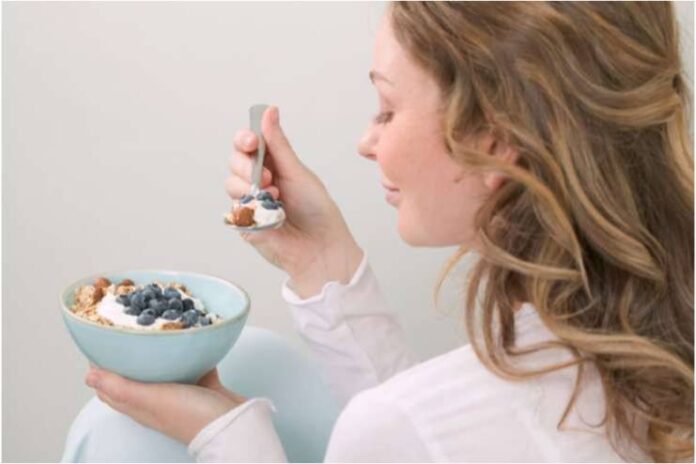
Blueberries are a very good source of soluble fiber and other nutrients. Insulin sensitivity improves by eating blueberries. They not only improve insulin sensitivity but also control blood sugar levels. The anthocyanins present in blueberries prevent the release of certain enzymes. It slows digestion and prevents blood sugar levels from rising after starch-rich meals.
10Coffee

It appears that drinking plain coffee does not immediately raise blood glucose or blood sugar levels. For those who enjoy black coffee and have diabetes, this is good news. However, some studies indicate that coffee’s caffeine may reduce insulin sensitivity, which is not good for diabetics.
However, other substances included in coffee, such as polyphenols, magnesium, and chromium, may help to improve insulin sensitivity and counteract the effects of caffeine. Because of this, some doctors advise diabetics to drink decaffeinated coffee, which will still provide the health advantages of antioxidants and minerals without impairing insulin sensitivity.
11Seeds for Sugar Control
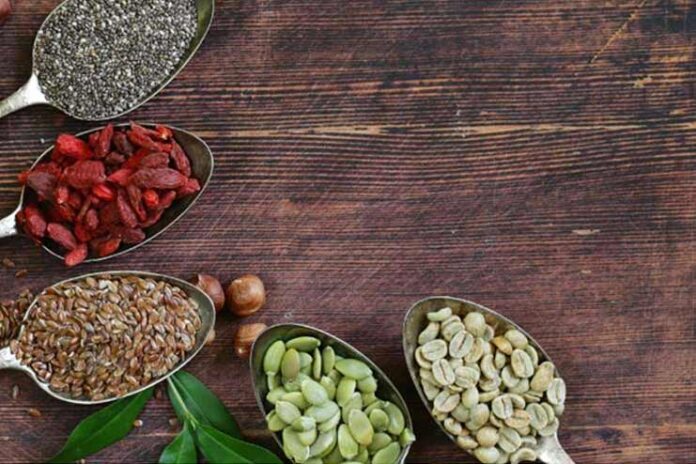
Pumpkin seeds, flaxseeds, and chia seeds are all very beneficial for blood sugar management. Chia seeds have been shown in trials to lower blood sugar levels, which may increase insulin sensitivity. Patients with type 2 diabetes have shown reduced HbA1c levels when they consume flaxseeds, which are high in fiber and good fats. The polysaccharides included in pumpkin and its seeds can lower blood sugar levels after meals. Despite having natural sugars, citrus fruits also help control blood sugar levels because of their fiber content and healthy plant components, which improve insulin sensitivity and lower the risk of diabetes.
12Apple Cider Vinegar

The acetic acid in vinegar slows how quickly the stomach empties the food into the small intestine, which slows down carbohydrate breakdown. It gives the body more time to remove glucose from the blood, reducing the typical blood sugar spike after a meal. In a small study with ten healthy volunteers, those who consumed acetic acid in vinegar had lower blood sugar level and insulin levels after eating a starchy meal.
13Avocados and Nuts
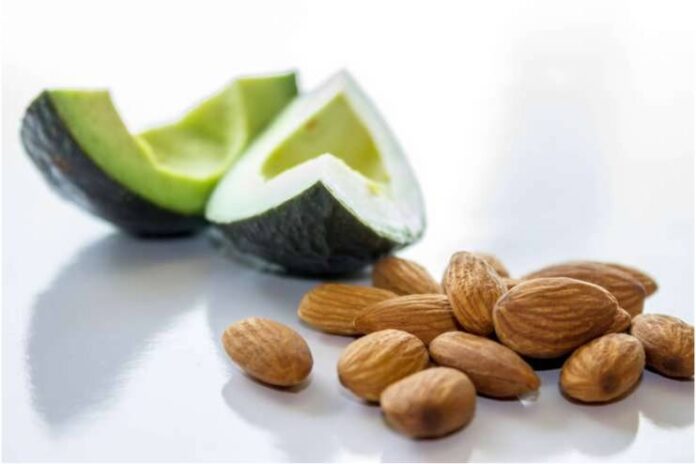
Mono-saturated fatty acids are a key to reducing blood sugar. These substances are present in avocados, nuts, seeds, olives, and olive oil. According to studies, avocados can reduce the risk of metabolic syndrome and a group of illnesses along with diabetes. Compared to a diet high in carbohydrates, a diet high in mono-saturated fats can improve blood sugar levels. This diet can improve insulin resistance. It means the body’s cells respond faster to insulin that the body makes.
Conclusion
This article discussed 12 practical ways to lower sugar levels, emphasising the importance of eating more fiber, staying hydrated, and exercising regularly. We also discussed stress management, sleep, and carb monitoring to maintain appropriate blood sugar levels. Together, these techniques help improve your health and lower the dangers associated with high blood sugar, such as diabetes and heart disease.
-
Feb 2017Written by Pradeepa Polineni
-
Oct 2024Edited by Ankita
References
- https://www.healthline.com/health/type-2-diabetes/understanding-glucose-levels
- https://my.clevelandclinic.org/health/diagnostics/12363-blood-glucose-test
- https://www.mayoclinic.org/diseases-conditions/diabetes/diagnosis-treatment/drc-20371451
- https://dtc.ucsf.edu/types-of-diabetes/type1/treatment-of-type-1-diabetes/monitoring-diabetes/understanding-your-average-blood-sugar
- https://diabetes.org/living-with-diabetes/treatment-care/checking-your-blood-sugar
- https://www.webmd.com/diabetes/diagnosing-type-2-diabetes
In this Article













